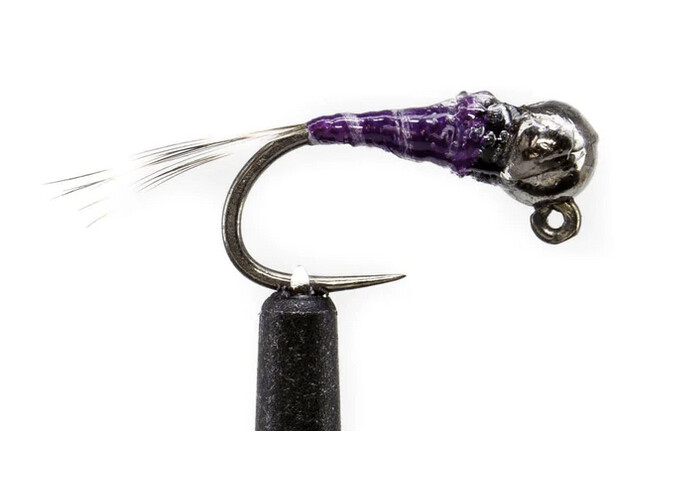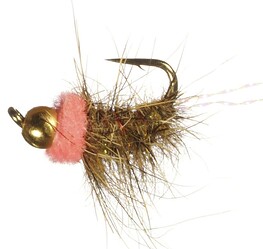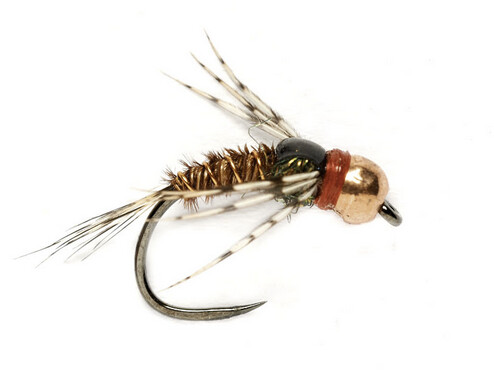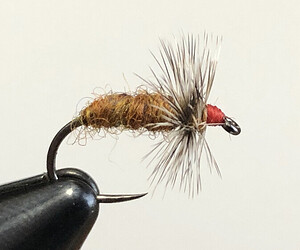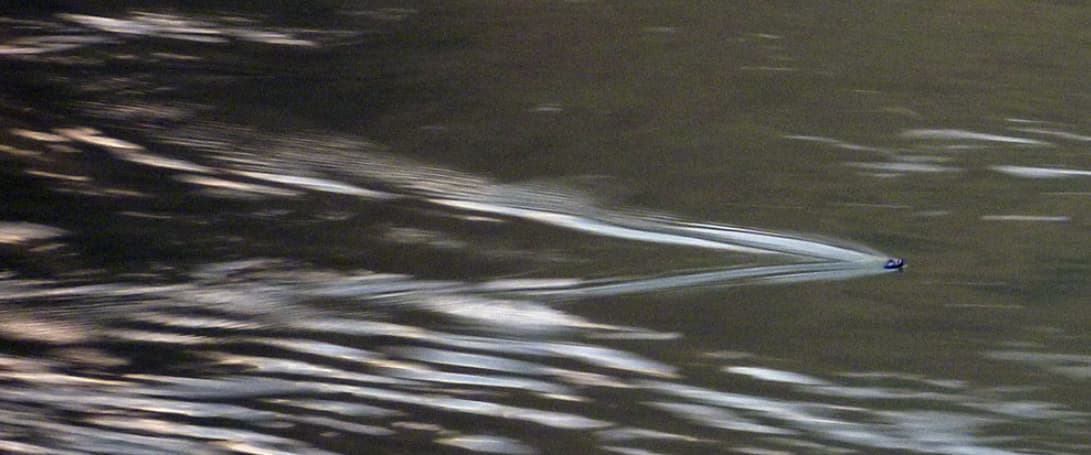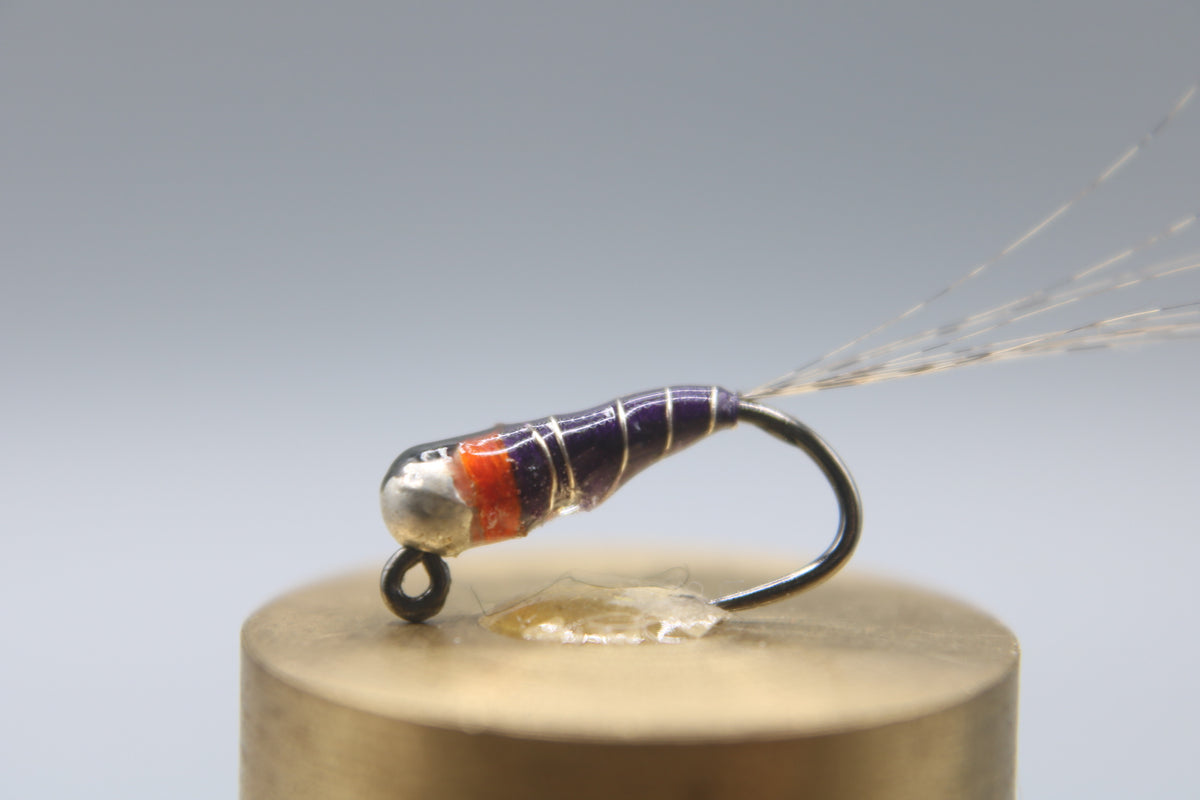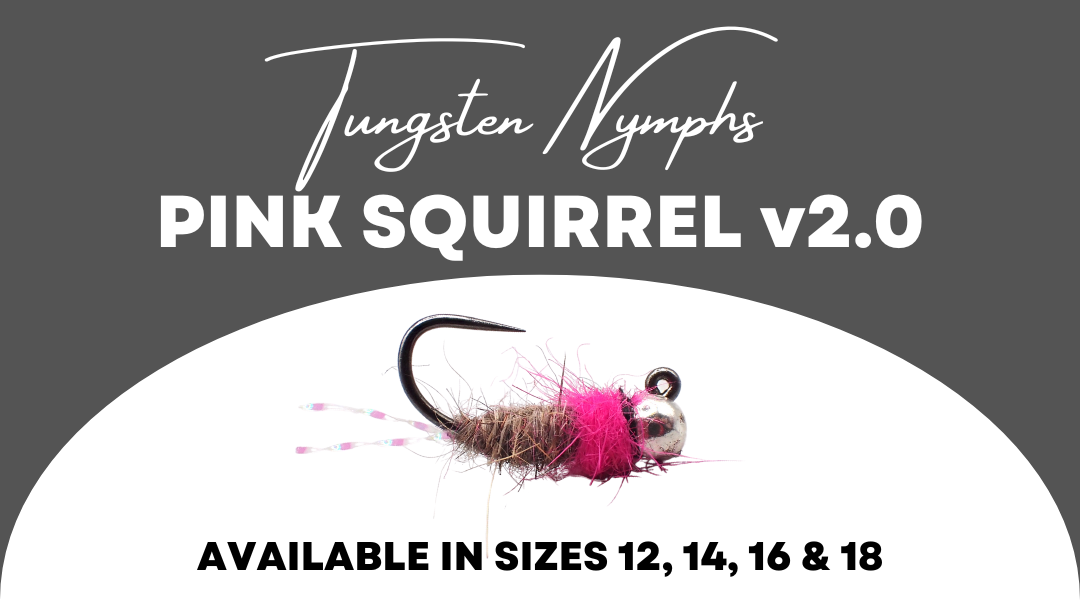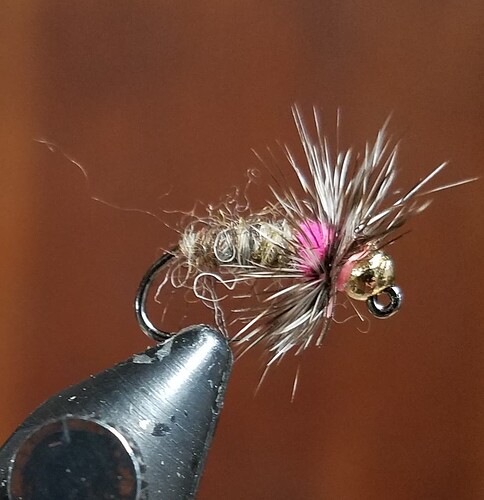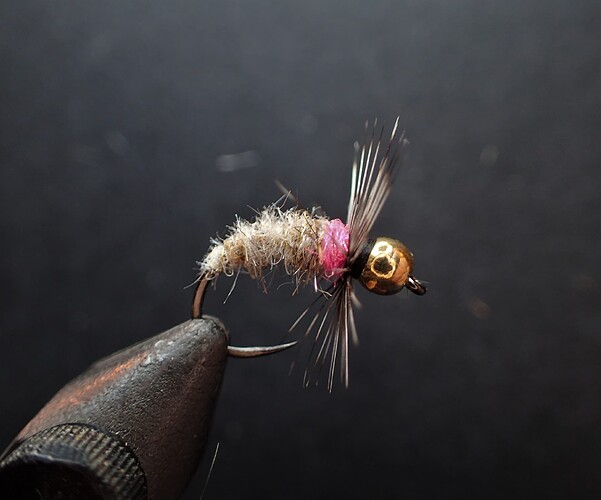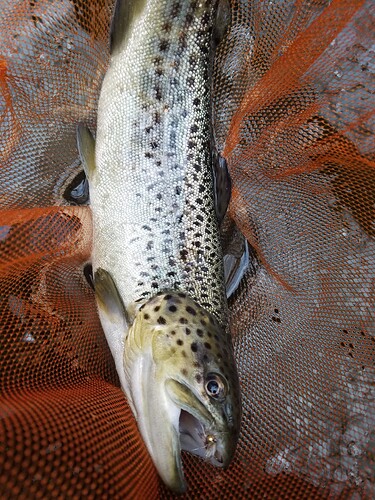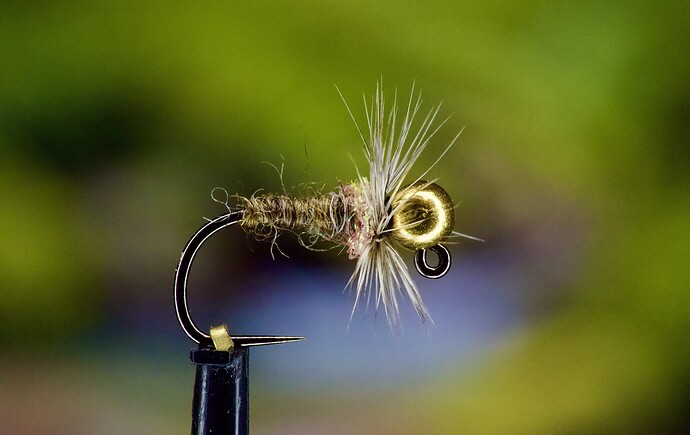@dpnoll I will not pretend to be an expert. I have friends who are much better tenkara anglers than I, then there are fellas in Japan that will put us all to shame.
Like I noted…I sort of jumble up anything sub surface as nymphing. Please share your definition and flies you use.
I can try to share what I have learned and my philosophy. I do not expect anyone to adopt my approach but I offer it as food for thought.
When I made the statement about drag free drifts. One benefit of tenkara is the potential a drag free drift and tenkara really makes it easy to do. That said, a dead drift is just one presentation. If we watch an underwater insect hatch we find swimming insects. They have propulsion and motion and can overcome current. Also forage like small bait fish will move contrary to current.
If fish are actively feeding they will take anything. If there is a lot of forage in the water, they may take a dead drift. Sometime even if fish are not feeding a dead drift will work if you pass the fly close enough to the trout. A dead drift is a highly productive in fact many tenkara anglers will start with that.
This has always been one of my favorite tenkara documents/lessions. Always worth a quick re-read. Very elligant and concise…it could be a tenkara mantra.
So what do we do when they do not respond to dead drift? Sometimes changing the fly makes a difference, but i have found what magically can make the difference is not the fly but the presentation.
Folks often refer drawing a strike with a fish to teasing a cat with a string. You have to mix up the presentations until you find the one that draws a pounce!
Drag on a fly can read as living and as food. When I say tenkara is about fly control. I have control over when it is dead drift and when it does something else.
In these colder water temps. This season I have doing a intermittent of subtle micro pulses. I only do two or three and then let it dead drift 3-4 feet…then repeat. I have converted a ton of fish that did not respond to dead drift. I am fishing futsu kebari. The movement signals I am alive but struggling. The stiff hackle sends out a vibration signature. So it is felt(lateral line) and it is visual.
Sometimes it is full on textbook rhythmic kebari-sasoi (pulsing).
Sometimes it is dead drift and vertical swing (rise)
Sometimes it is dead drift and horizontal(cross current) swing (rise)
Sometimes it is dead drift, rise, and skate.
Sometimes it is just holding in one spot in current…sub surface.
All these have times that will magically convert fish. Sometimes when you find the right one, you will catch fish instantly on every stop. It can be fun!
I am in the camp. we can draw a reaction strike. If it moves like forage, the presentation can overcome many things related to the fly. Its size and even things like if it represents a bait fish or an insect. Sometimes trout may strike from just being annoyed.
Some of these fly manipulation techniques can be considered in your drift.

